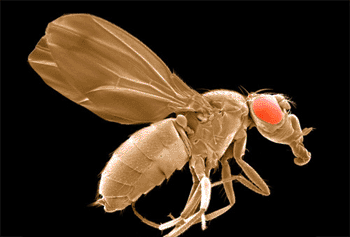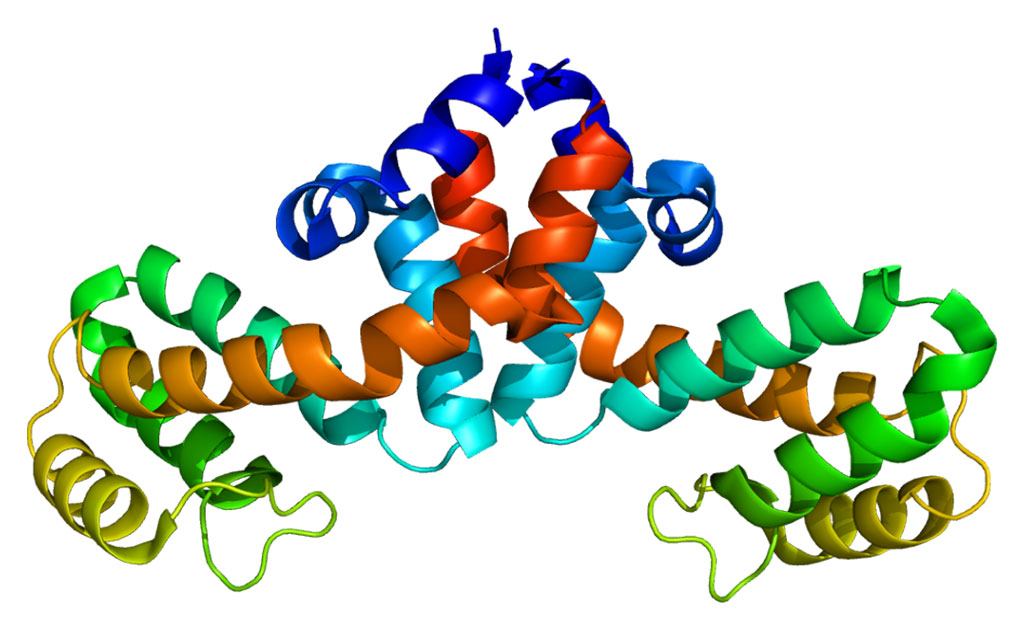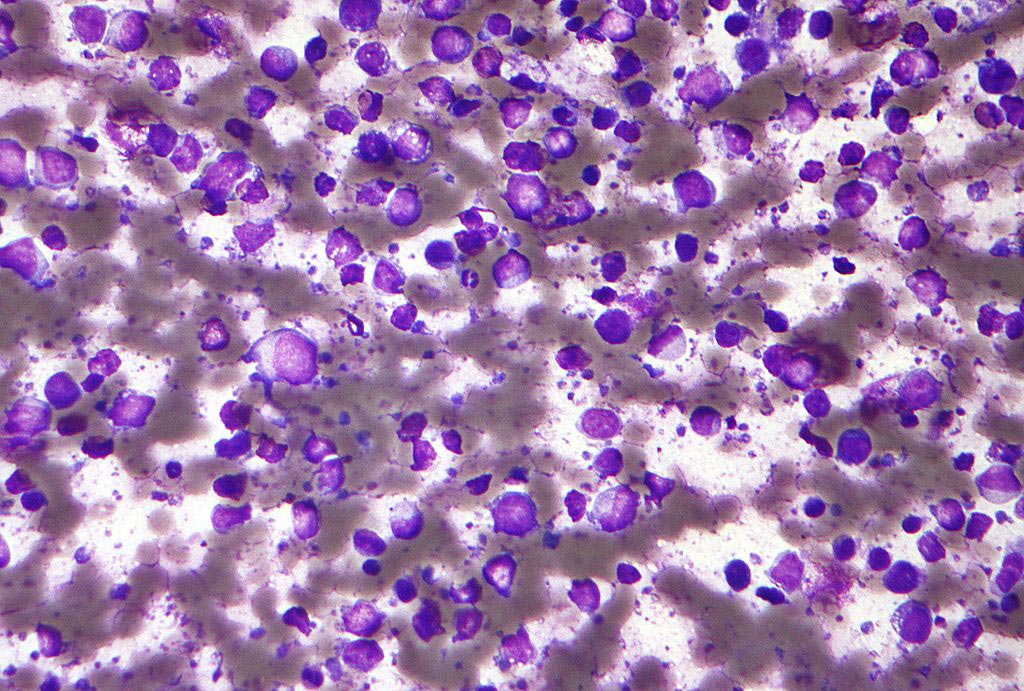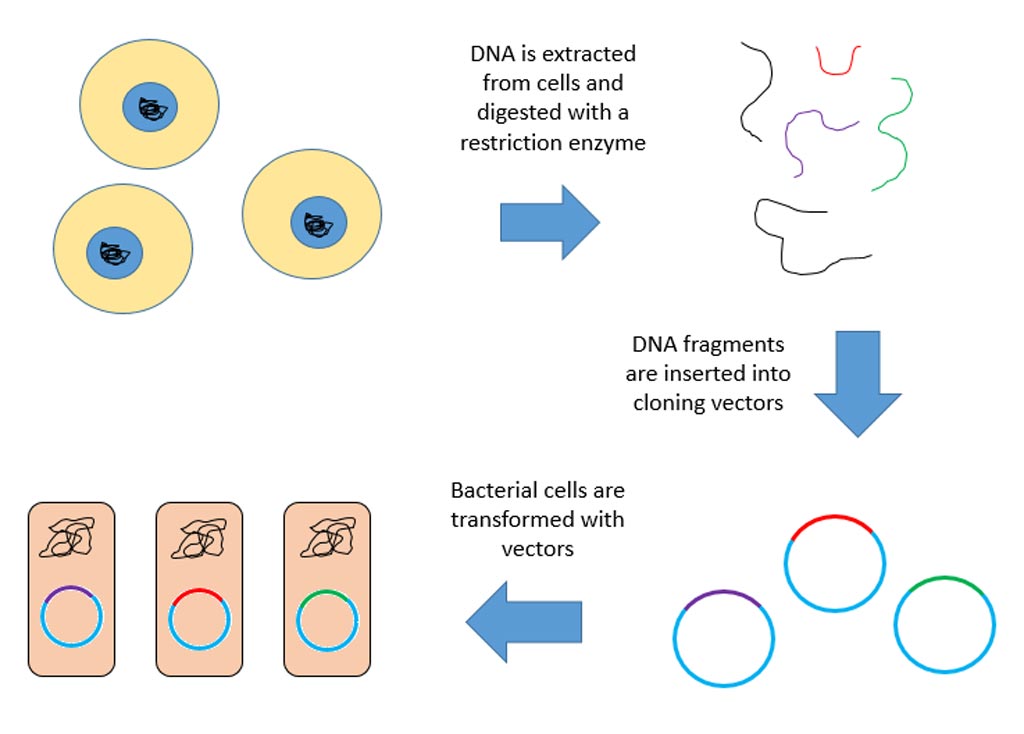Calcium Regulatory Protein Identified in Fruit Fly Model of Human Neurodegenerative Disease
By LabMedica International staff writers
Posted on 14 Jan 2013
Neuroscience researchers working with a fruit fly model identified the protein that controls calcium regulation in photoreceptor cells and speculated that dysregulation of a similar system could be linked to human neurodegenerative diseases such as Alzheimer's.Posted on 14 Jan 2013
Investigators at the Hebrew University of Jerusalem (Israel) studied calcium metabolism and transport in the photoreceptor cells of the fruit fly Drosophila melanogaster. In particular, they focused their attention on the protein calphotin, a Ca2+-binding protein found in the cytoplasm of the flies' photoreceptor cells.

Image: Drosophila melanogaster (Photo courtesy of UCSD Healthsciences).
The investigators generated and analyzed transgenic Drosophila strains, in which calphotin-expression levels were reduced in a graded manner. They reported in the October 17, 2012, issue of the Journal of Neuroscience that moderately reduced calphotin expression impaired Ca2+ homeostasis while calphotin elimination resulted in severe light-dependent photoreceptor degeneration.
Electron microscopy, electrophysiology, and optical methods revealed that photoreceptor cell degeneration could be reversed by prevention of Ca2+ overload via overexpression of CalX, the sodium-calcium exchanger. In addition, Ca2+-imaging experiments showed that reduced calphotin levels resulted in abnormally fast kinetics of Ca2+ elevation in photoreceptor cells.
These results indicated that photoreceptor cell Ca2+ homeostasis relied on the protein calphotin. This unique protein functioned as an immobile Ca2+ buffer localized along the base of the rhabdomere, separating the signaling compartment from the cell body. This finding may aid in understanding the underlying causes of human neurodegenerative diseases, since most of these illnesses are characterized by impairments in cellular calcium regulation.
Related Links:
Hebrew University of Jerusalem














